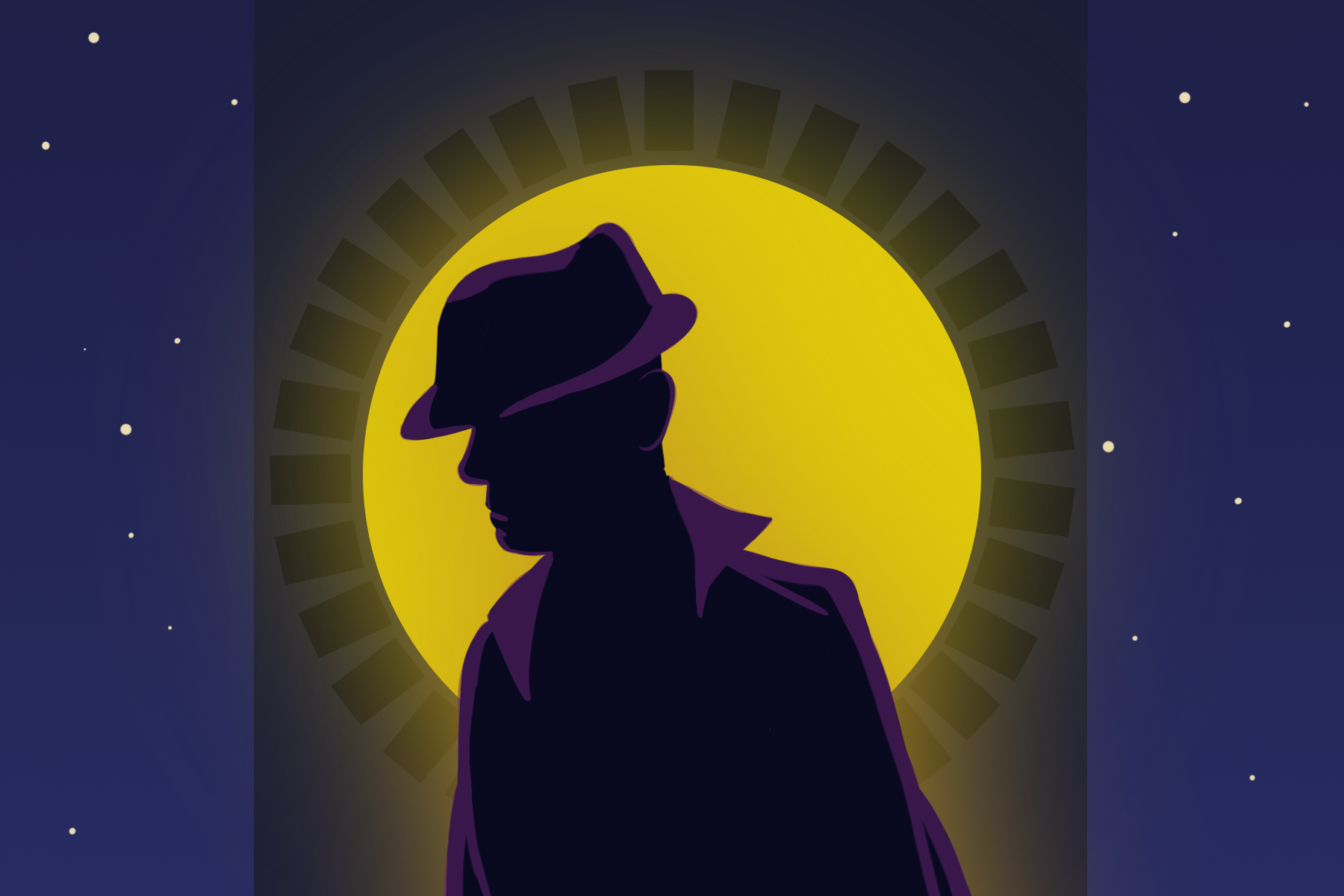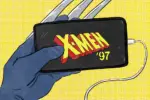Recently, HBO’s “Watchmen” finished airing its nine episodes. The show thrilled its viewers with shocking plot twists and in-depth writing. This adaptation brings the “Watchmen” universe into a modern setting that is easier to relate to compared to the 1980s setting of the comic book. Modernizing the setting managed to generate some controversy as the show’s creator took several creative liberties that led to the introduction of race issues and a personality change for a beloved character.
After “Watchmen” premiered, the most common complaint I saw about the show was how race and racism were such a large part of it. People who complained about this also loved to say that “Watchmen” isn’t political, but they don’t realize that it’s always been about politics. Rorschach is one of the comic’s main characters, and he is presented as a right-wing conspiracy nutjob. A newspaper he sends information to is a far-right newspaper that published an article titled “The Jew United States of America.” Because of his political alignment, The Seventh Kalvary, a hate group in the show, has made him the face of their organization, wearing the same mask he did in the comic book.
I think the main reason that race is such a problem for these people is that it makes them uncomfortable. All of the people I saw complaining about race in “Watchmen” on Twitter were white people. I’m not trying to generalize, but this is a part of my point. Many white people aren’t comfortable with talking about race or racism because it makes them feel guilty about things other white people have done or it makes their beliefs seem wrong because they are racist. The first scene of the first episode is enough to make people like this stop watching as it is very in your face about race.
https://www.youtube.com/watch?v=luvIreUzyXI
The show opens with a brutal depiction of the Tulsa race riot of 1921, which is then followed up by a scene where a racist white man listening to a rap song in his pickup truck shoots a black police officer. In an interview with The Los Angeles Times, Damon Lindeof, the show’s creator, had this to say about tackling race issues in the show: “That scared the [expletive] out of me … But everybody I talked to thought it was a potentially exciting idea. It would need to be handed delicately and [responsibly]. Simultaneously, the show is about to drop and I’m still thinking, ‘Should we have done it?’” He added, “Even though I’m well-intentioned, I’m probably going to step in it a bunch of times.”
As mentioned earlier, this was a risky decision but it ultimately paid off in the end as the show gained viewers and received a few award nominations as well. Lindelof didn’t just add his own twist to “Watchmen” with the addition of race. He also decided to change the personality of one of the comic’s most well-known characters, Silk Spectre.
Some fans were not happy with Silk Spectre’s transformation from a humanitarian to a cynic. In the original “Watchmen” comic from 1985, Silk Spectre’s real name is Laurie Juspeczyk and she is actually the daughter of the original Silk Spectre, Sally Juspeczyk. The Silk Spectre moniker is what Sally used to fight crime as a vigilante. Her crime fighting career led her to meeting Edward Blake, whose vigilante name is The Comedian. The Comedian ends up sexually assaulting Sally in one of the most uncomfortable scenes from the comic. Laurie eventually finds out that the Comedian is her real father and the man she knew as her father was just her stepfather. It turns out that after Comedian sexually assaulted Sally, the two kept in contact and even had a romantic relationship at some point.
https://www.instagram.com/p/B45EB2MBt7J/
At the end of the comic, Laurie doesn’t get why her mother would choose to be with a man who tried to rape her. In an interview with Collider, Lindelof reveals that he used the end of the comic as inspiration for Laurie’s character in the show: “I was really captivated by the idea that at the end of the original ‘Watchmen’ — again, I feel like it’s a complete story that doesn’t require a sequel of any kind. I felt like I was ok leaving all those characters there, ad infinitum. But Laurie says something in her final panel to Dan Drieberg, her boyfriend at the time… She basically says, ‘I was thinking of getting some guns,’ an implication that she wants to get back into being a vigilante again. But she’s not going to be Silk Spectre, this time she’s going to be the Comedienne.”
When looking at Laurie and her mother, it is clear that Laurie was just another version of her. They both wore a similar costume and had the same superhero name. Sally had succeeded in making her daughter the perfect copy of her. It makes sense that Laurie would once again model herself after one of her parents since this is a new story set in the “Watchmen” universe. What makes this character’s change so interesting is that she is taking on the character traits of a man she once confronted over the rape of her mother.
She no longer acts like a liberal feminist. Now, she constantly makes sarcastic comments and never seems to take anything seriously. She has become a comedian, or should I say, Comedienne? It is an extreme transformation, sure, but that seems to be the entire point of HBO’s “Watchmen”: Extreme transformations both literally and figuratively. No one expected Laurie to act like the Comedian. No one expected the antagonists of the show to be white supremacists that idolize Rorschach. No one definitely expected the twist with Dr. Manhattan. The show wanted to pay homage to the original source material while also taking some creative liberties as well that allow it to stand on its own.
















